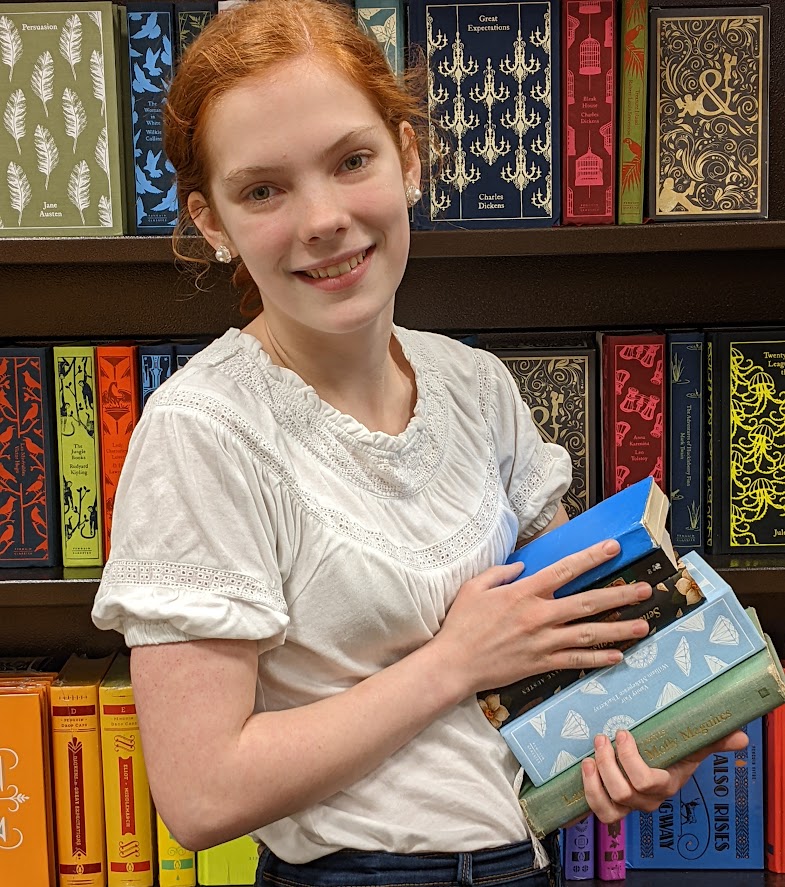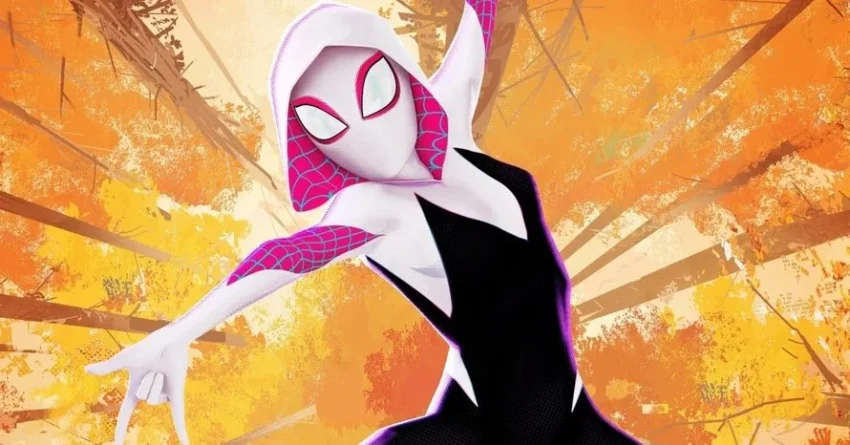Recently I read a mystery novel (the first in a series) that ended the first book with a cliffhanger. The mystery hadn’t been solved, the character arcs weren’t concluded, and the biggest questions that the author had been leading up to throughout several hundred pages remained unanswered. I had enjoyed the book up until that point and had been looking forward to the next edition in the series, but something about the way the novel cut off felt wrong.
Now, cliffhangers by definition aren’t meant to be satisfying. They’re meant to heighten tension and encourage readers to buy the next book. They highlight just how much readers love your story and how desperate they are to spend more time with your characters. Done well, cliffhangers can be powerful. But that also doesn’t mean to make a cliffhanger you just stop the book.
So how can we balance those two concepts? How can writers create an incredibly tense cliffhanger that isn’t frustrating? How can you offer a reason for cutting your book off without making it seem as though you should end the series altogether?
The answer comes from another cliffhanger, this time a movie: Spider-Man: Across the Spider-Verse.
Spider-Man: Across the Spider-Verse
Spider-Man: Across the Spider-Verse is the sequel to the 2018 film Spider-Man: Into the Spider-Verse. The original film followed Miles Morales, a 14-year-old high school student from Brooklyn, as he grappled with new spider-man powers and the effects of a collider that opened a portal to multiple different dimensions — each summoning a different version of Spider-Man.
One of them, Gwen Stacy, soon becomes Miles’s friend. Together they (with the help of a few other Spider-Man variations) stop the villain and send everyone home before Miles destroys the collider, protecting the Spider-Verse from colliding like that again.
The only problem is that now he can’t see any more of his friends.
Even though the sequel is very much Miles’s movie, it is framed by Gwen’s perspective. It opens following her through a day of drum practice and crime fighting as Spider-Woman while avoiding the guilt that haunts the edges of her thoughts. Years ago, Gwen’s best friend, Peter Parker, was in danger, and he died before she could save him. That mistake has been haunting her ever since.
Now the police want Gwen for his murder, including her father, a police captain who ran onto the scene just in time to see Spider-Woman fleeing from the body of his daughter’s best friend. Unaware of Gwen’s identity, he’s determined that bringing Spider-Woman down will help his daughter grieve and finally begin to heal the wound that tore apart two families.
After an action-packed battle sequence just a few minutes into the movie, Gwen turns to find herself facing her dad, his weapon pulled. He starts reading her Miranda rights, and Gwen, out of web serum and drained from the fight, doesn’t have anywhere to run. As he pushes closer and closer, Gwen finally pulls her mask off, revealing her true identity.
Her dad, shocked, in pain, and betrayed, doesn’t know what else to do but continue with the arrest. As she begs him to stop, tries to explain that Peter’s death was an accident, and that this won’t help him, she is suddenly given the chance to run — and she takes it.
She keeps running for over three months. She finally meets Miles, but he’s in trouble again. The people who have been hiding her blame Gwen for Miles’s mistakes, and by the end of the movie, in the height of the climax, she is exiled from her home, her found family, and her hope of avoiding her guilt. Banished to her hometown and with, once again, no place to run, she finds herself facing her dad in her old bedroom.
So finally Gwen has to face everything — the duty to her family that she shirked, her lies to her dad, her cowardice when she fled, and most of all her guilt because of what she did to Peter to protect innocent people. It’s all coming together at once.
Honestly, this scene is too good for me to describe here. So if you haven’t seen it, go watch the movie. If you have, you know what happens next. A friend reaches out — Miles is in trouble, captured, and possibly hurt, with a whole society of super-powered individuals after him, as well. He needs Gwen now more than ever. And so Gwen finds the few friends she has left, rallies them together, and charges off toward incredible danger to go save him.
And there — the movie ends.
Why the Ending Worked
To be clear, there was nothing satisfying about that ending. Miles is in danger, still plagued by self-doubt and still very much an amateur superhero. His few friends on their way to save him are outnumbered, ill-equipped, and dealing with the raw emotions that came from a climax full of betrayal, abandonment, and confession. There seems to be no good reason to end the movie there.
Except for Gwen.
This movie, even though it is Miles’s movie, is about her character arc — about how she became the type of hero that she is. Even though the movie isn’t about guilt and redemption, about facing our inner dragons and not just scary outside forces, Gwen’s character arc is in the spotlight, not Miles’s.
Don’t get me wrong, he definitely still has a lot to learn. And this movie was setting up for how those lessons will be resolved in the coming film. But Gwen’s character arc is finally closed. And the movie ended the moment that happened.
That is what made this movie so satisfying, despite the fact that no physical tension has been resolved (in fact, it has only increased). They closed Gwen’s character arc so that the next movie can focus solely on Miles’s, and his development can be so much more pronounced.
Now, this doesn’t mean you have to close a character arc every time you end a book. But it does mean you should resolve something.
For example, I thought perhaps the series I was reading would follow a new perspective throughout the next book. Perhaps we would watch the resolution of the protagonist’s arc through someone else’s eyes? The “sneak peek” in the back proved this wrong. I was hoping the epilogue would resolve the mystery and leave the characters to dive deeper into the answers they finally earned at the end of the first book. I was wrong again. It seemed at first that the romantic tension that had existed since the second chapter would conclude, but once more the sneak peek revealed the protagonist was again attempting to date a man who had no interest in a long-term relationship.
So if you are going to leave your readers with a cliffhanger, pick an aspect to resolve. Pick a plotline, a tension, a character arc, or a theme and resolve it before moving onto the next book. From a reader’s perspective, cliffhangers can be frustrating. But they can also be done well. So as a writer, don’t just cut your story off. Put intention and purpose in your ending, even if you conclude with almost nothing resolved. Balance satisfaction with a conclusion that will leave your readers clamoring for more, and your cliffhanger will be an instant success.



Do you enjoy cliffhangers? What cliffhangers have ended in a way that makes sense? And how was the article? Too sweet? Too sour? Just right? Comment below and let us know!


Hi! My name is Mara, and I’m a Christian artist, violinist, and blogger. I remember the day that I decided that I would learn something new about what makes a good story from every book I picked up — whether it was good, bad, or a mixture of both. I use this blog as a way of sharing some of the tips and tricks I’ve learned, and highlight which books, cartoons, and movies have taught me the most about writing an awesome story.


Ah-HA! I didn’t realize there was more to a cliffhanger than the hanging itself. It suddenly makes sense… 🤔